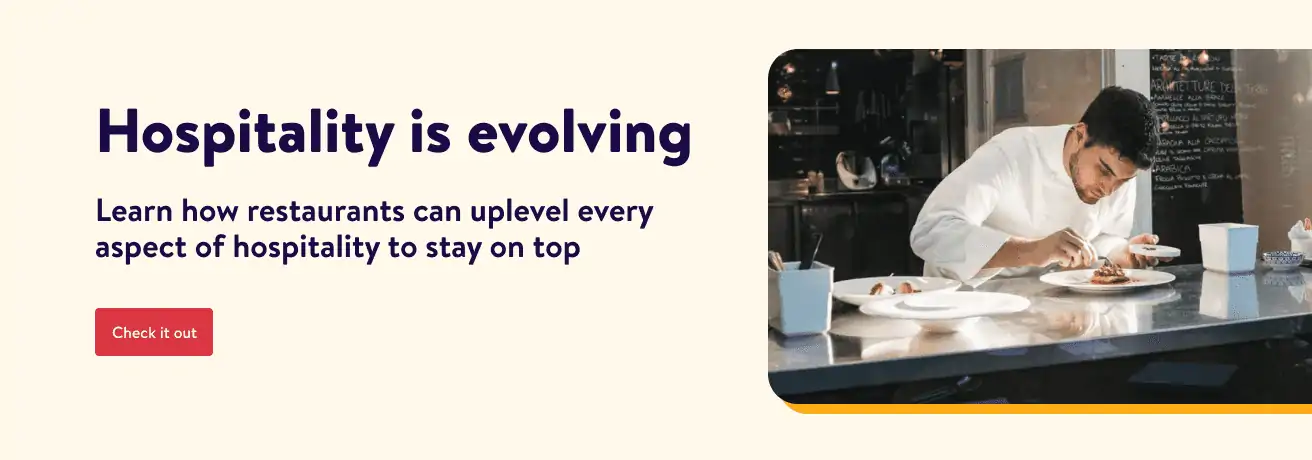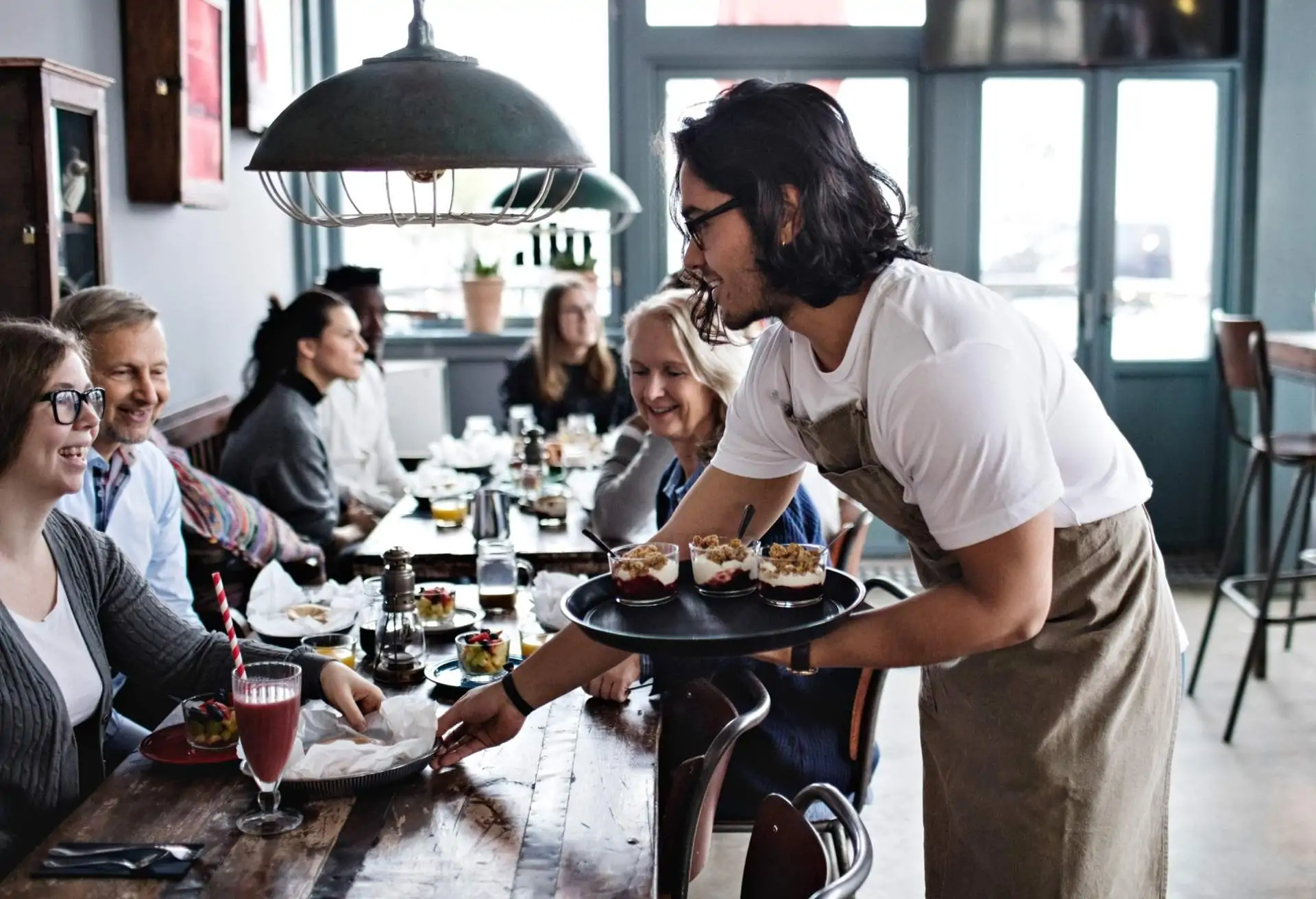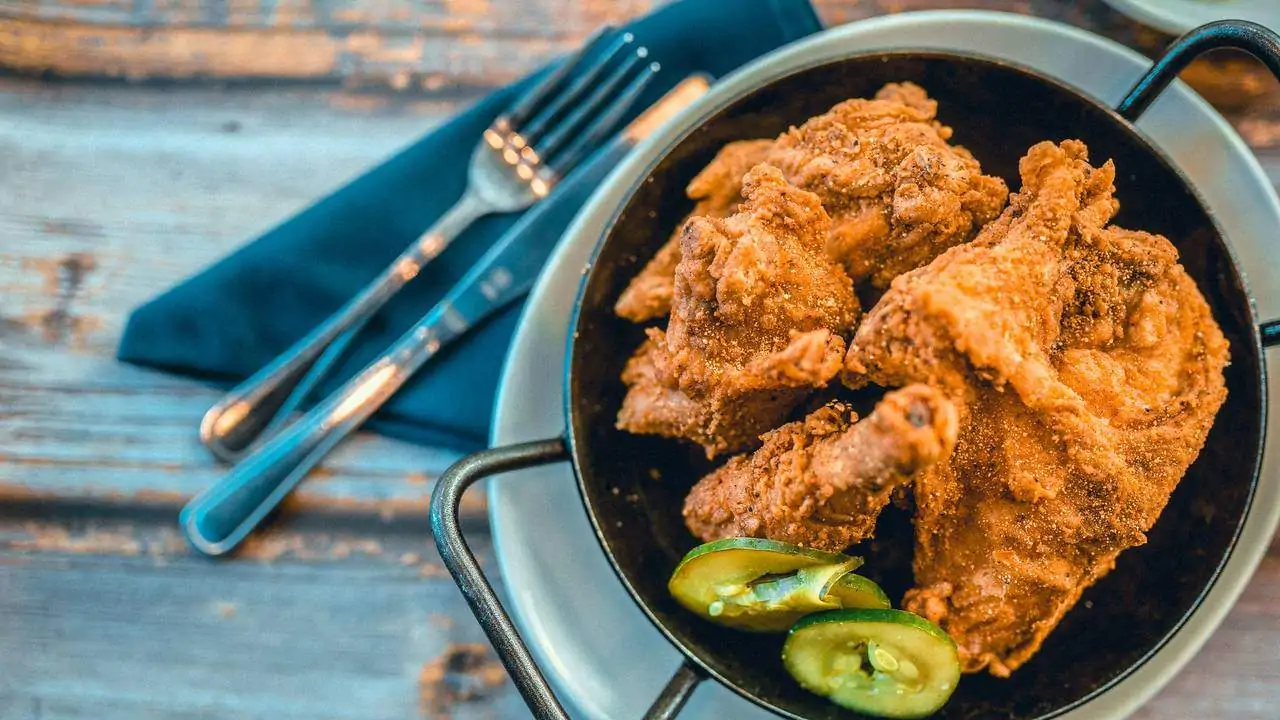Restaurant service is one of the most important factors in any hospitality experience. And it’s even more vital when people are stressed about the economy and watching their restaurant spending. Excellent customer service can be the difference between success and closing your doors.
“We think the food going down our throats is the product,” says Ryan Giffen, assistant professor of hospitality management at California State University at Long Beach, in the Washington Post. “It’s actually the whole experience, the memories that are created … It’s the non-tangibles we remember.”
Restaurant guests remember above all how you made them feel.
Keeping your online presence up to date, cutting wait times, and highlighting your value all make for a dining experience that feels good to guests and keeps them coming back—no matter what’s happening in the economy.
Here’s why customer satisfaction is a must for increasing revenue, plus examples of how to fine-tune your restaurant’s hospitality.
Quick Links:
Why leveling up your customer service is critical during challenging times
7 ways to improve customer service in your restaurant
Why leveling up your customer service is critical during challenging times
Guests are paying for the whole experience of your restaurant, not just the food. You can have spectacular house-made charcuterie and a kitchen full of James-Beard-Award-nominated chefs, but the food won’t matter if other pieces of the puzzle are missing.
You also need to dial in:
- Hospitality
- Ambiance
- Timely service
- Value for money
Great restaurant service doesn’t just enhance a positive guest experience. The right response to a problem can turn a negative experience around. Leveling up the dining experience and taking feedback seriously can turn guests into evangelists for your brand.

7 ways to improve customer service in your restaurant
Hospitality staff must deliver excellent customer service to stand out in the current climate. To make that happen, restaurant owners need to invest in staff training, service standards, marketing, and tech to create the most positive guest experience.
Here are seven tips for leveling up the guest experience at your restaurant.
1. Make a good impression from the start
First impressions set the tone for the guest experience, and they happen long before anyone steps through your door. Your restaurant’s digital presence should be current, active, and easy to find.
Regularly check and update:
- Your business’s website
- Social media accounts
- Google, Yelp, OpenTable, and other business profiles
2. Make sure your staff training program is on point
As Massimo Bottura told The World’s 50 Best Restaurants, “The waitstaff are more than 50% of the experience.” Your front-of-house team is your restaurant’s point of contact with guests once they walk in the door.
Equip the team with the tools to meet your service standards, including proper etiquette and restaurant industry best practices. You can help your team provide an outstanding guest experience with a solid training program.
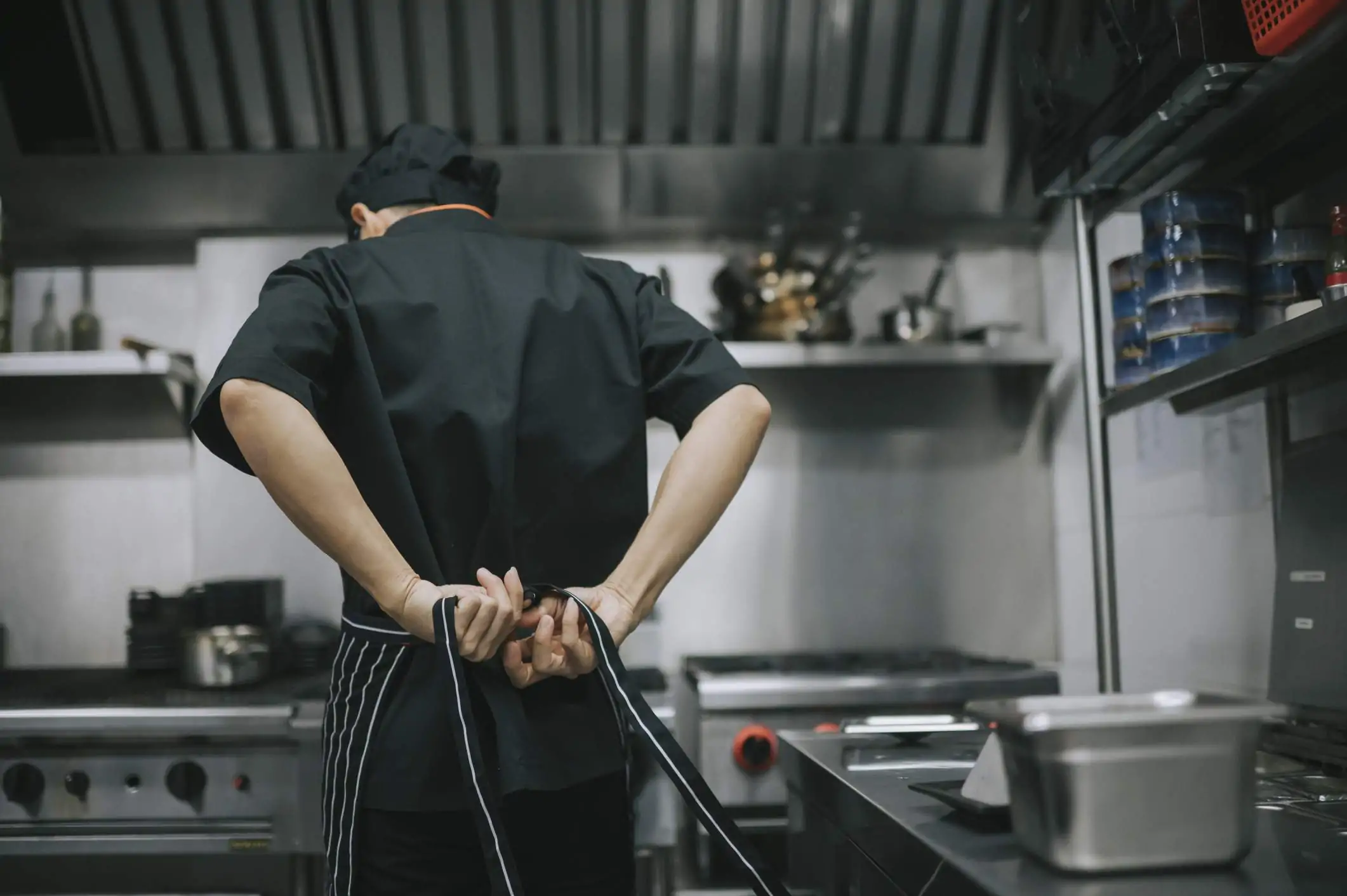
3. Minimize wait times
Guests show up to eat at your restaurant for different reasons. But the big thing they have in common is that they’re hungry. Keeping wait times short for tables and food is key.
Having a line out the door can feel like a good problem to have. But popularity can work against you if guest wait times increase.
During the pandemic, a McKinsey report found that only 13% of consumers waited until out-of-stock items were back in stores. Instead, they chose to shop somewhere else—and restaurant guests are no different. Streamline operations to provide quick service and a hassle-free customer experience.
Tools like OpenTable’s digital waitlist slash guest wait times by allowing them to get a spot in line before they even arrive at the restaurant. Along with minimizing crowds, the digital waitlist lets guests know their table is ready with a simple text message.
4. Problem solve ASAP
There’s a point in a negative guest interaction when great customer service can turn things around. But you’ve got to act quickly.
Pay attention, listen, and deal with customer complaints calmly. Take responsibility and apologize for the issue. Work with them to figure out a solution that works for both of you, then make the problem go away as soon as possible. Attention and empathy can turn an unhappy customer into one who will praise your good customer service.
For example, even the most organized reservation book can go sideways when a table camps out longer than you planned for them to be there. The next party on the books will be understandably annoyed if they need to wait more than a few minutes for their table.
Settle the delayed group at the bar with a gratis drink, and comp them a low-cost appetizer if at all possible. Even small make-goods go a long way to keep the guest in your corner and complaint-free.
Of course, guests can and do cross the line into bad behavior. If a diner acts inappropriately, it’s management’s job to ask them to leave the premises.
Yelling, insults, and harassment disturb the dining experience for others and create a hostile work environment for staff. It’s not just the right thing to do. Making sure your team feels protected is essential for employee retention, especially during a labor crunch.
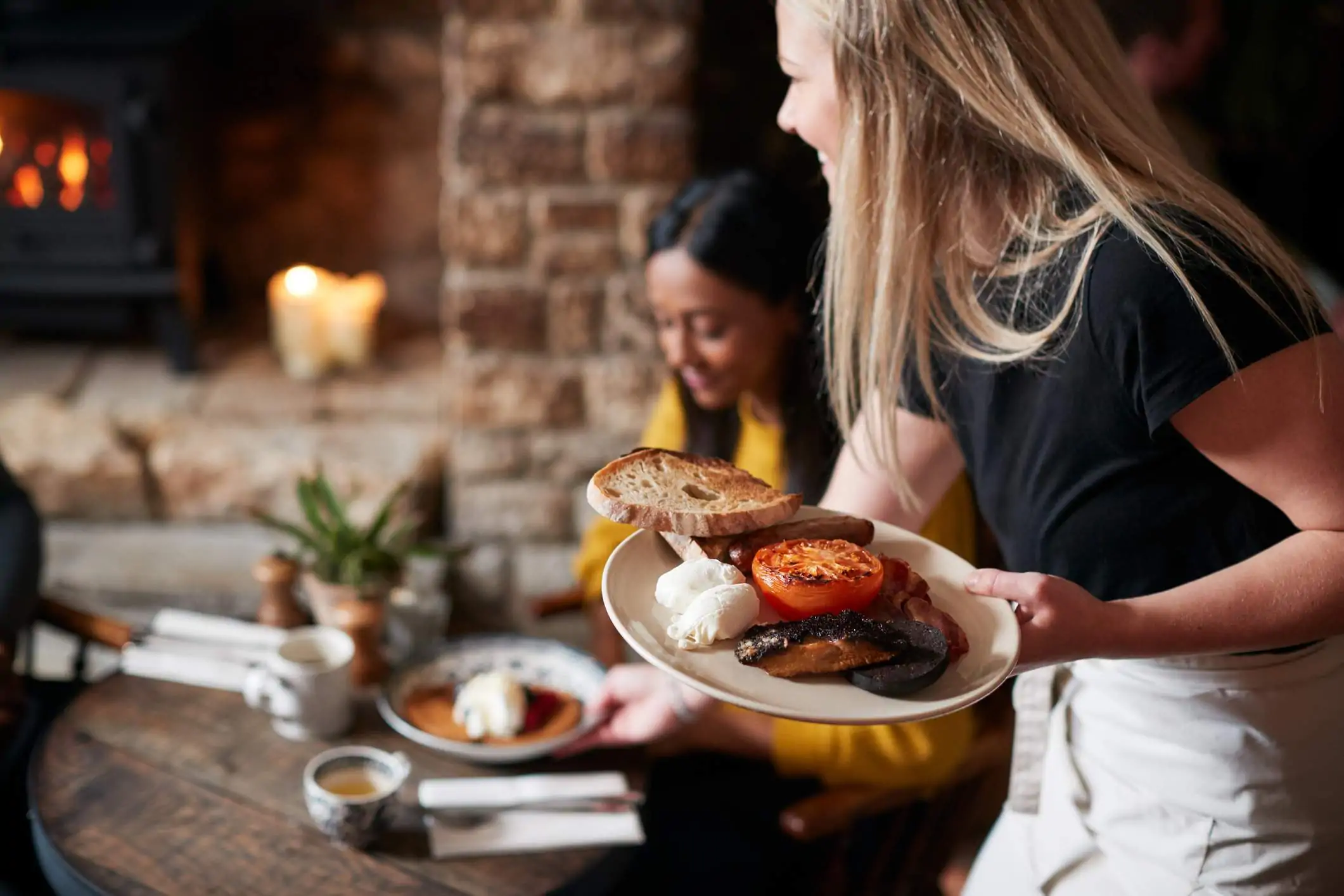
5. Increase your value proposition
When inflation hits, consumers become more budget conscious, and competition for dining-out dollars heats up. When people are tightening budgets, you’ve got to convince them your restaurant is worth it. Think about your restaurant. How can you increase the value your restaurant provides beyond the food and drink? Creating a loyalty program or offering deals on your slowest days can go a long way to showing customers value for money.
Keep in mind that you may just need to tweak your messaging. You’re probably already doing things many diners value, like sourcing locally and minimizing waste. Brainstorm creative ways to let them know you’re putting in the effort. Email marketing can be a great way to keep them informed.
6. Act on customer feedback
A stellar online reputation brings guests in the door. That’s true for star ratings as well as reviews. According to online ordering platform Lunchbox, one-third of diners avoid eating at restaurants with ratings below four stars, so you want to keep those numbers up.
But online reviews aren’t just useful for finding out how customers feel. Feedback is essential to improve restaurant service. Think of reviews, guest surveys, and comment cards as constructive criticism—opportunities to do better and learn from past mistakes. Respond to positive and negative reviews to let guests know you’re listening.
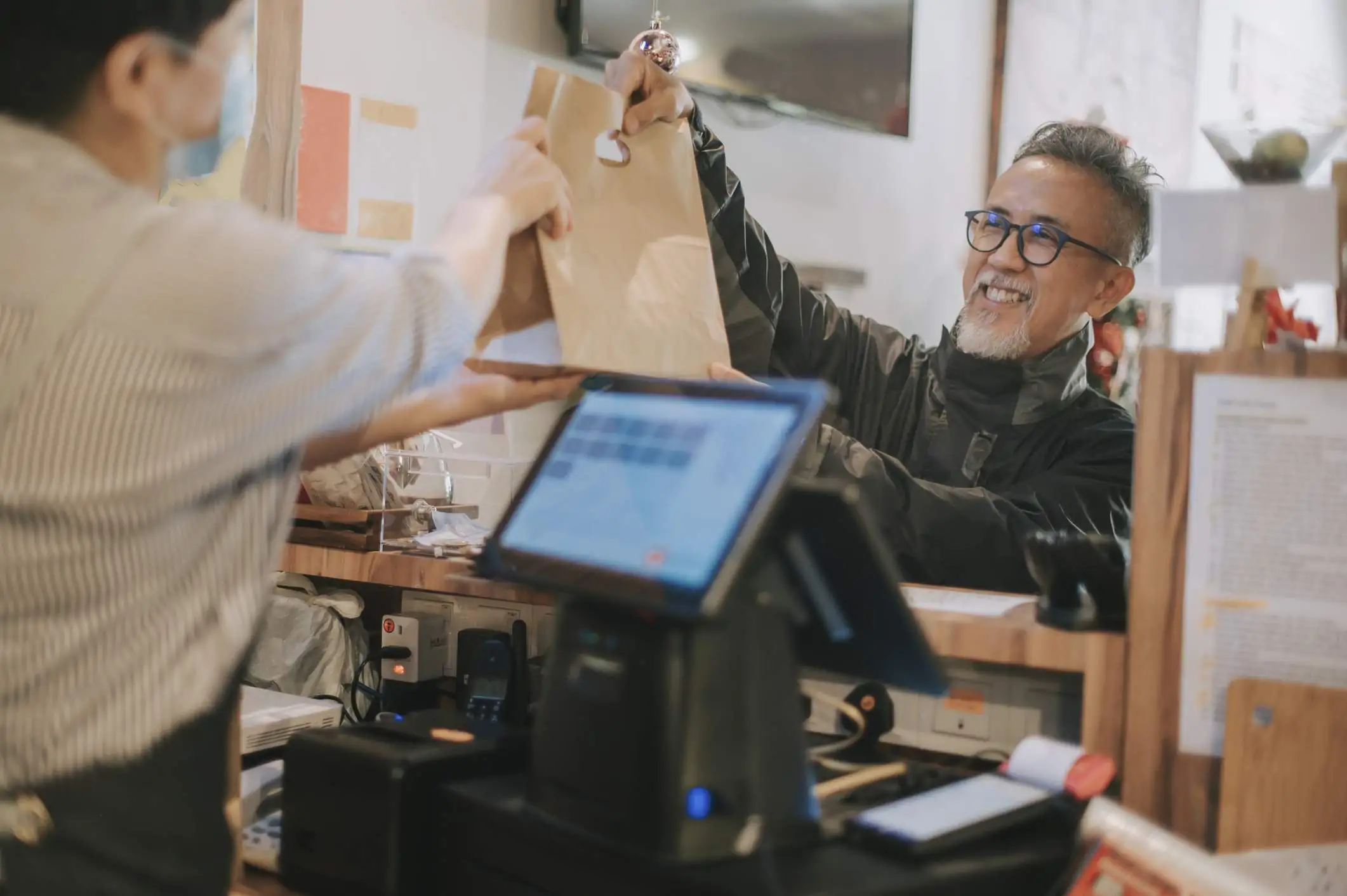
7. Level up your tech
Investing in restaurant technology can improve the guest experience. It’s all about striking a balance between high-tech and high touch. Customers who use digital ordering methods like apps and kiosks tend to order more. That’s up to 14% more, according to stats from Lunchbox.
More than 70% of diners say they prefer ordering delivery online. Plus, 67% of customers who have placed online orders visit restaurants more often than those who don’t, so it’s in your best interest to serve this demographic.
As you make changes to boost restaurant service at your business, take note of what works and what doesn’t. Learn from customer feedback and adjust accordingly. You’ll know your approach is effective when you see more return guests, higher customer satisfaction, and increased revenue.
